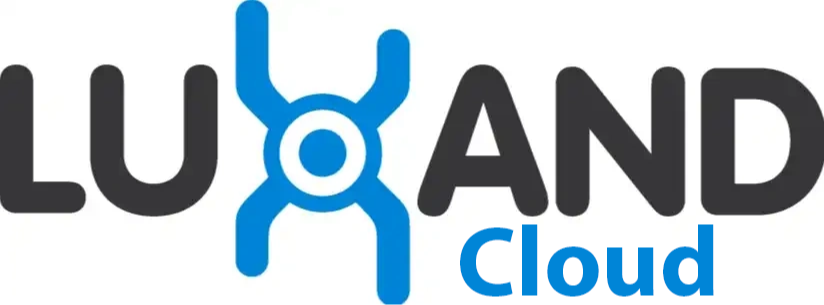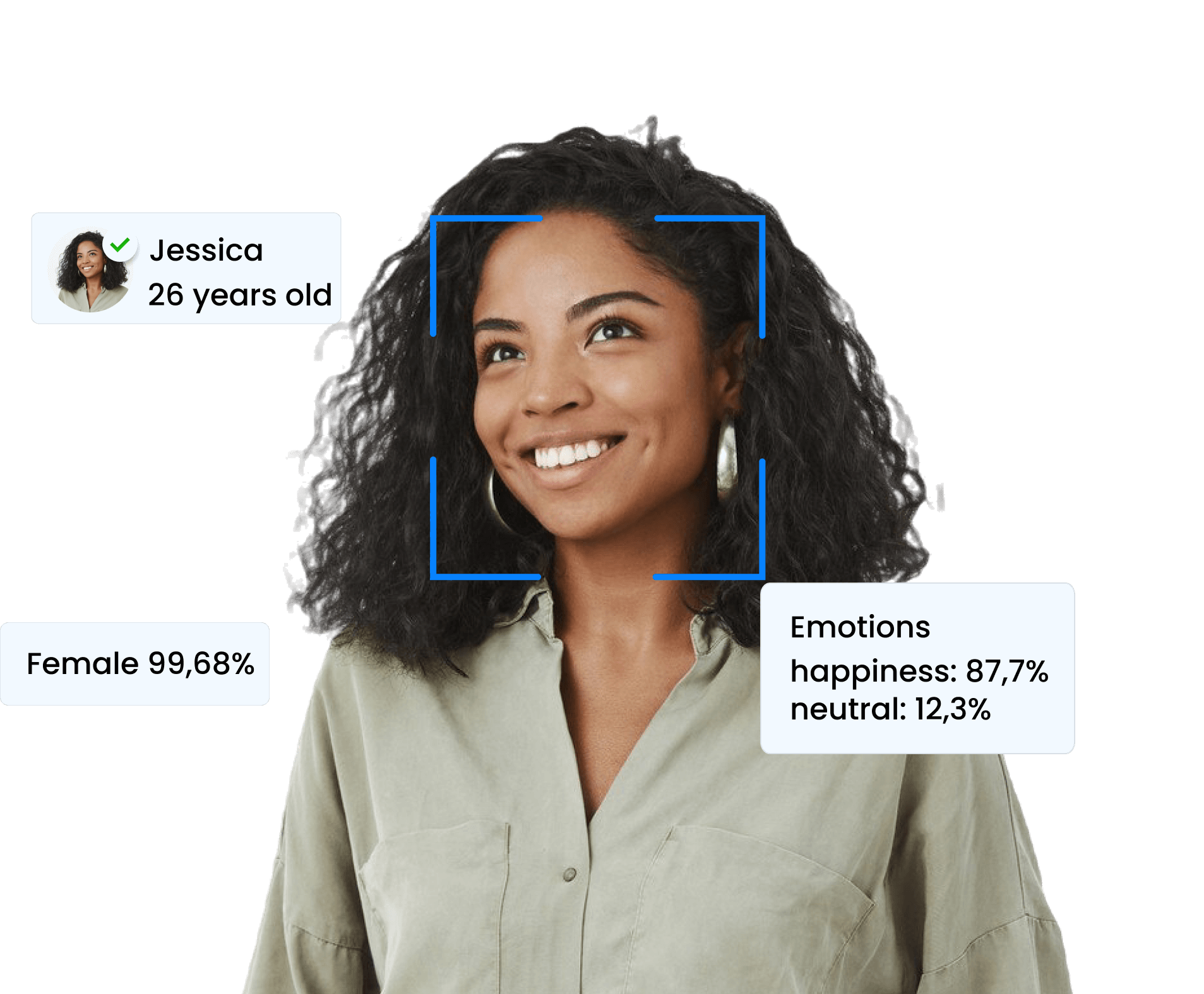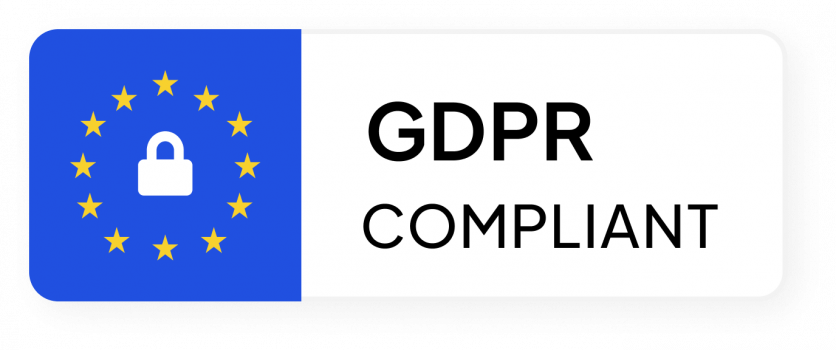

AI-Powered
Face Recognition &
Search API
Integrate facial recognition into your website, app, or software using our cloud API. Accurately recognize and compare human faces. Identify people who have been previously tagged in images. Detect age, gender, and emotions in photos.
500 API requests monthly for FREE.
No credit card required.







The most powerful
Face Recognition API
Our Face Recognition API, Liveness Detection API, Face Detection API share easy to understand logic across all endpoints.
Face Recognition API, Liveness Detection API, Face Detection API and more.
Why Luxand.cloud Face Recognition API?
Face Recognition API
Ready to get started?

Facial Recognition Solution
In case you are searching for an on-premise facial recognition solution, Luxand FaceSDK is the best option. FaceSDK enables Microsoft Visual C++, C#, Objective C, Swift, Java, VB, Delphi and Python developers to build 32-bit and 64-bit applications for Web, Windows, Linux, macOS, iOS and Android.
FaceSDK running on your servers gives you full control of face recognition functionality - from face detection and identification to thermal face detection and liveness detection.


